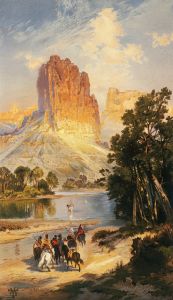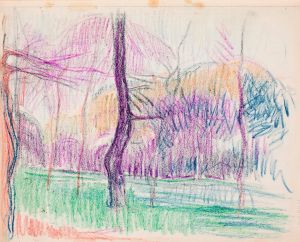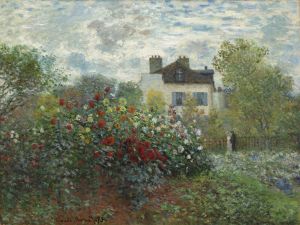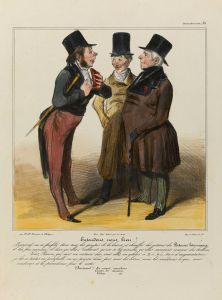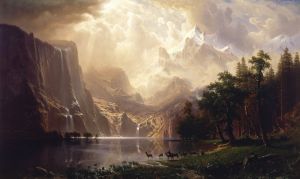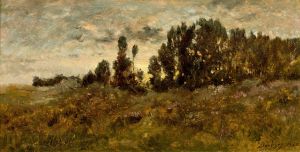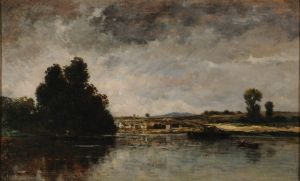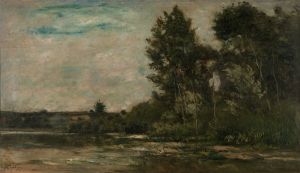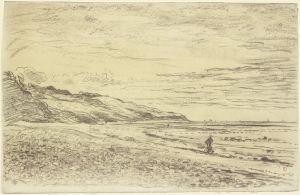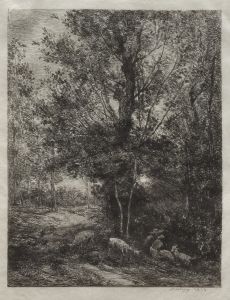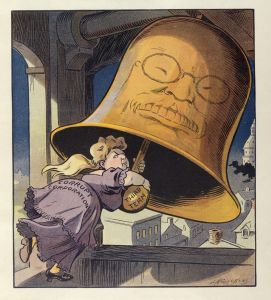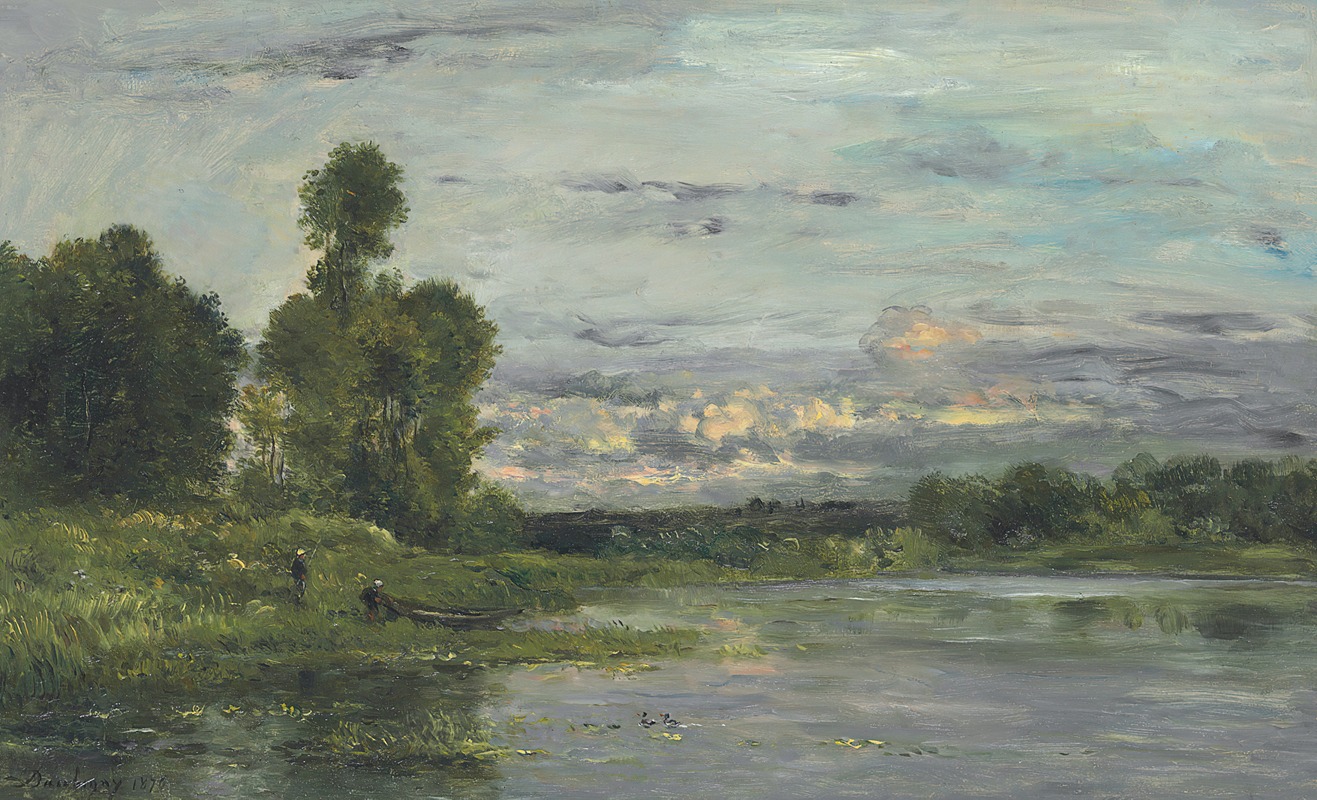
Les Bords De L’oise
A hand-painted replica of Charles François Daubigny’s masterpiece Les Bords De L’oise, meticulously crafted by professional artists to capture the true essence of the original. Each piece is created with museum-quality canvas and rare mineral pigments, carefully painted by experienced artists with delicate brushstrokes and rich, layered colors to perfectly recreate the texture of the original artwork. Unlike machine-printed reproductions, this hand-painted version brings the painting to life, infused with the artist’s emotions and skill in every stroke. Whether for personal collection or home decoration, it instantly elevates the artistic atmosphere of any space.
Charles-François Daubigny, a prominent French landscape painter of the 19th century, created Les Bords de l’Oise (The Banks of the Oise) as part of his extensive body of work that focused on naturalistic depictions of rural France. Daubigny was a key figure in the Barbizon School, a group of artists who sought to move away from the formalism of academic painting and instead embraced the beauty of nature through plein air (outdoor) painting. His work is often considered a precursor to Impressionism, influencing artists such as Claude Monet and Camille Pissarro.
Les Bords de l’Oise captures the serene and picturesque scenery along the Oise River, a tributary of the Seine in northern France. The painting reflects Daubigny’s characteristic style, which combines a loose, spontaneous brushwork with a keen attention to light and atmosphere. The composition typically features a harmonious balance between land, water, and sky, emphasizing the tranquility of the natural environment. The Oise River was a recurring subject in Daubigny’s oeuvre, as he often traveled along its banks in his studio-boat, a floating workshop he called Le Botin. This innovative approach allowed him to paint directly from life, capturing the changing effects of light and weather with immediacy and authenticity.
Daubigny’s choice of subject matter and his approach to painting were deeply rooted in his desire to depict the unspoiled beauty of the French countryside. Unlike the grandiose historical or mythological themes favored by academic painters of his time, Daubigny focused on the everyday landscapes that surrounded him. This emphasis on ordinary, yet evocative, scenes helped to pave the way for the Impressionists, who would later expand on his ideas of light, color, and atmosphere.
The exact date of the creation of Les Bords de l’Oise is not definitively documented, but it is consistent with Daubigny’s mature period, during which he produced many works inspired by the Oise River. Today, Daubigny’s paintings, including Les Bords de l’Oise, are celebrated for their contribution to the evolution of landscape painting in the 19th century. His works are held in major art institutions around the world, including the Musée d’Orsay in Paris and the National Gallery in London.
Les Bords de l’Oise exemplifies Daubigny’s ability to convey the quiet beauty of nature, making it a significant piece within his artistic legacy.





